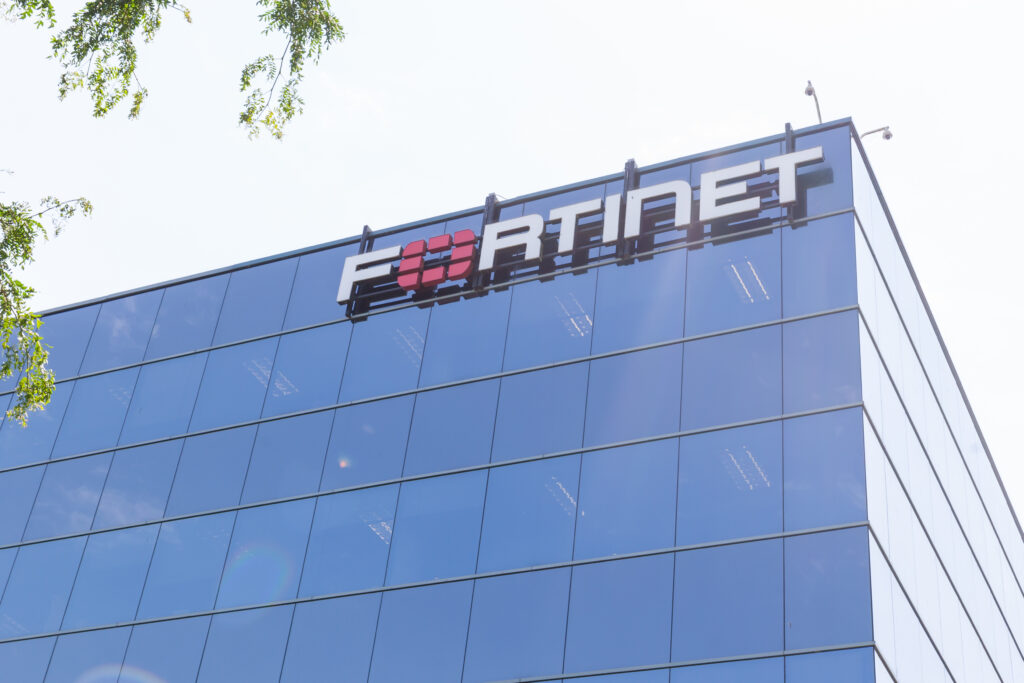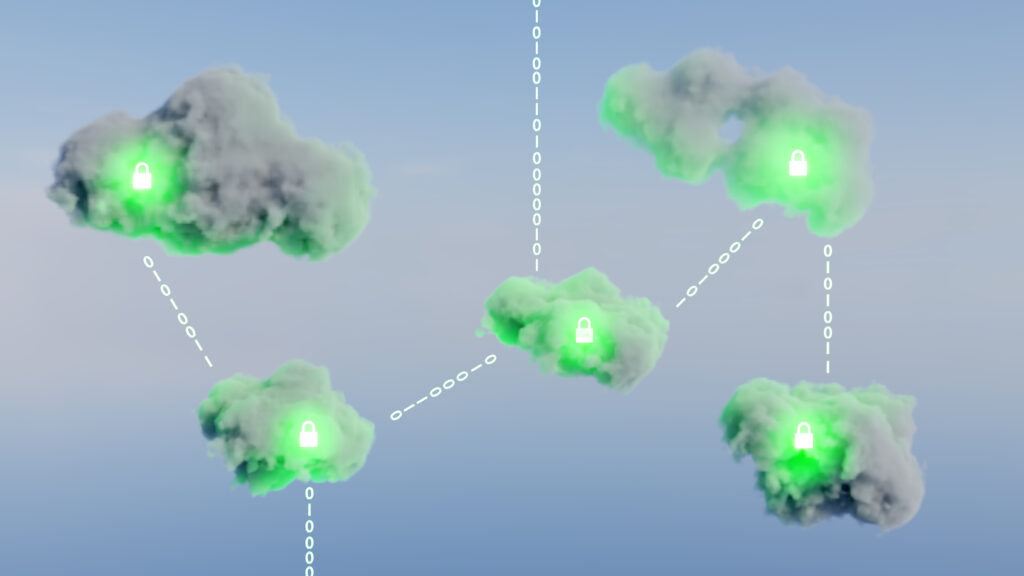Many IT leaders struggle to differentiate between SASE (Secure Access Service Edge) and CASB (Cloud Access Security Broker), as both aim to secure cloud environments but target different security needs. CASB security solutions offer data security and access control for cloud applications, while SASE provides converged networking and security as a service, utilizing a security service edge (SSE) model that includes Zero Trust Network Access (ZTNA).
Understanding these key differences early can help organizations evaluate compliance-ready decision points and reduce risk throughout their cloud environments.
What CASB is and how it works
A CASB is a control point that provides visibility and policy enforcement across cloud apps and their users, acting as a safeguard for any cloud-based service. CASB solutions offer functions such as access control, data loss prevention (DLP), threat protection, and real-time monitoring to help mitigate risks when working with cloud service providers.
These risks can include shadow IT, malware, data breaches, unauthorized access, and insecure connections to IoT devices. For that reason, a CASB is a necessary element of a cloud-delivered security architecture (Learn more about the need for a CASB and its role in SASE).
CASB requirements and standards often include meeting framework alignment from analysts such as Gartner, the ability to support cloud-native deployments, and extending consistent security functionality with automation to on-premises and remote work environments. They also help organizations comply with regulations such as GDPR and HIPAA.
When compared to a secure web gateway (SWG) or firewall as a service (FWaaS), CASB is specifically focused on cloud applications and SaaS to fill the data security and compliance gap that traditional network security can’t, thereby strengthening an organization’s overall security posture.
CASB may also be one of the components considered by organizations when they are vetting out broader security stacks, in combination with ZTNA and other components in the SSE sold by SASE providers. This can include SD-WAN and security coverage, which streamlines policy consistency across environments.
What SASE means in practice
SASE unifies networking and cloud-delivered security into a single architecture. A SASE solution combines SD-WAN connectivity with a security stack that can include SWG, FWaaS, ZTNA, and CASB functions. The three pillars most often cited are identity-driven access control, integrated networking and security policies, and consolidation of security features across on-premises and cloud environments.
SASE is often contrasted with SSE, which focuses solely on security functions without incorporating the networking layer. SSE emphasizes user-centric access and cloud security, while SASE integrates those capabilities directly into the network. Analysts such as Gartner highlight that this difference affects scalability, regulatory alignment, and the ability to manage both cloud services and remote work effectively.
ZTNA is a key component of SASE, as it grants application-specific access to sensitive data rather than providing broad network connectivity. Compared with VPNs, ZTNA reduces exposure and improves user experience, particularly in distributed cloud environments.
In the context of SASE vs. CASB, CASB solutions primarily focus on data protection in SaaS and cloud applications. In contrast, SASE offers a more comprehensive framework that unifies connectivity and security functions.
Operational and compliance factors for enterprises implementing SASE include regulations such as NIS2 security operational factors to ensure that remote and hybrid deployments are as hardened as on-premises deployments. Tools like the Tufin Orchestration Suite provide the unified security fabric that allows cloud and hybrid deployments to integrate a consistent set of security features.
Enterprises faced with choosing between CASB vs. SASE must understand the role each plays in their overall security architecture to ensure data security is consistent across environments, networks are operating at optimal efficiency, and the risks of modern cybersecurity threats are managed.
Comparing SASE and CASB for enterprise needs
CASB provides governance for cloud applications by enforcing access control, data loss prevention, and threat protection. Use cases for SASE, by contrast, include enabling SASE capabilities across sites, users, and apps. When choosing between SASE vs. CASB, the feature comparisons in ZTNA vs. SASE vs. CASB reveal some overlap but also distinct differences across cloud-based and on-premises enterprise needs.
CASB is implemented within SSE, and SSE is the security layer that sits inside the SASE architectural model. Functionally, a CASB addresses data security for SaaS and other cloud services, while a SASE fuses CASB, SWG, FWaaS, and ZTNA to enhance user experience and network performance under a unified policy model.
Pain points are common as complexity increases with hybrid estates and work-from-anywhere arrangements. For example, organizations must optimize policy management to avoid sprawl, fragmented controls, audit friction, and change risk. Gaps arise when SWG, CASB, and FWaaS solutions have security features that are managed separately; the likelihood of data breaches and inconsistent compliance may increase as a result.
Policy orchestration platforms, such as the Tufin Orchestration Suite, can help by delivering a unified control plane that delivers centralized visibility, automated policy orchestration, and continuous compliance across hybrid environments. Security teams can align CASB functions with the broader SASE framework and apply consistent security policies to minimize operational friction and enhance data protection.
Conclusion
Understanding the differences between SASE and CASB begins with recognizing that CASB solutions focus on access control and data security for cloud environments. SASE unifies those aspects with networking by offering a more comprehensive set of SSE capabilities. For IT decision-makers, the priority is in considering how SSE components, FWaaS, and cloud-delivered security functions support compliance and mitigate common risks, such as shadow IT, data breaches, cyberattacks, and the complexity of remote work.
Building an effective security posture that applies policies in real time can lead to an improved user experience, stronger data protection, and better network performance. To see how orchestration can support your strategy, get a demo.
Frequently asked questions
What is the key difference in SASE vs. CASB approaches?
The primary distinction between SASE vs. CASB is that CASB primarily monitors and secures cloud applications, whereas SASE integrates networking with a comprehensive security stack into a unified architecture. CASB is a component within the broader SSE concept.
For an expanded perspective on vendor selection, visit best SASE providers with SD-WAN and security coverage.
How does compliance factor into SASE vs. CASB evaluations?
CASB assists with compliance by enabling the enforcement of security policies and control over access to cloud environments. In contrast, SASE enhances security with network-level visibility, extending consistent protection across users and locations. Assessing both solutions helps align security strategies with compliance requirements.
Discover how compliance regulations impact the adoption of security measures in NIS2 security regulations.
When should organizations prioritize SASE vs. CASB investments?
CASB should be prioritized for better management of SaaS risks, shadow IT, and data security within cloud services, while SASE is emphasized when unifying connectivity and security functions within a scalable architecture, addressing remote work and distributed users.
Consult best SASE providers with SD-WAN and security coverage for vendor insights.
Ready to Learn More
Get a Demo





